Home>Gardening & Outdoor>Landscaping Ideas>How Long For Grass Plugs To Fill In
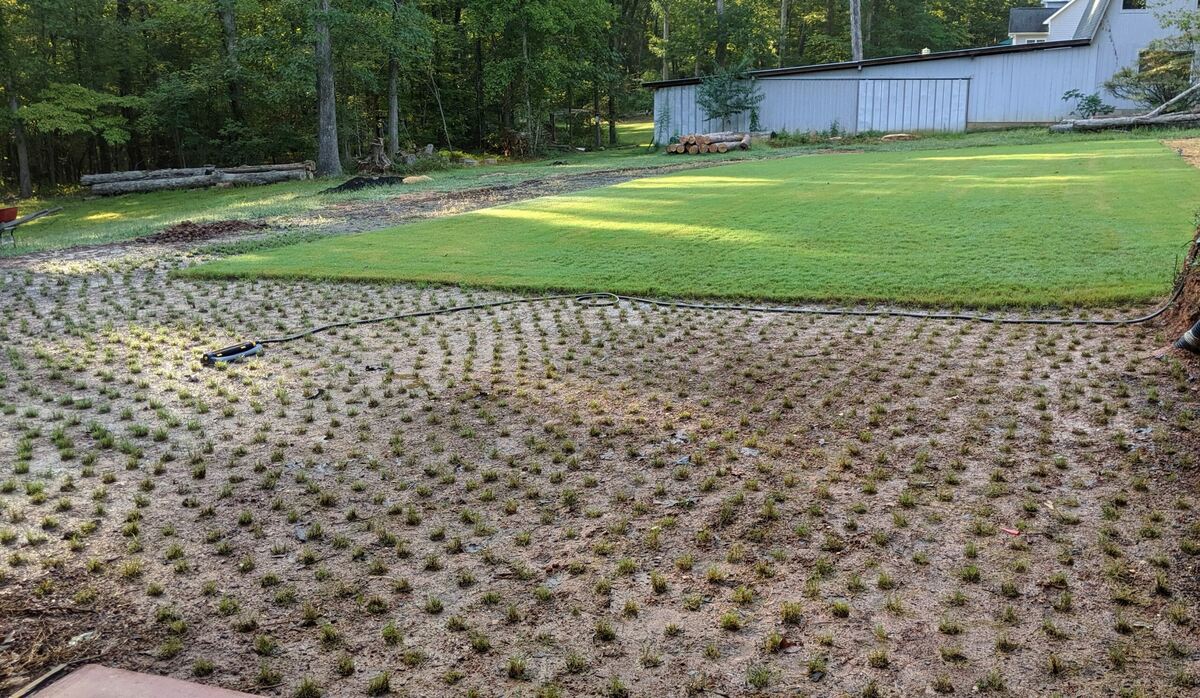

Landscaping Ideas
How Long For Grass Plugs To Fill In
Modified: February 18, 2024
Learn how long it takes for grass plugs to fill in and get expert landscaping ideas to achieve a lush, green lawn. Discover effective strategies for successful lawn establishment.
(Many of the links in this article redirect to a specific reviewed product. Your purchase of these products through affiliate links helps to generate commission for Storables.com, at no extra cost. Learn more)
**
Introduction
**
When it comes to landscaping, the lush green expanse of a well-maintained lawn can significantly enhance the aesthetic appeal of any outdoor space. Achieving this verdant vision often involves careful consideration of various factors, including the choice of grass type and the method of establishment. One method that has gained popularity among landscaping enthusiasts is the use of grass plugs. These small, pre-grown patches of grass offer a convenient way to establish or fill in a lawn, making them a popular choice for those seeking to create a dense, uniform carpet of grass.
In this comprehensive guide, we will delve into the world of grass plugs, exploring what they are, the factors that influence their growth, and the ideal conditions for fostering their development. Furthermore, we will discuss the typical timeframe for grass plugs to fill in and provide valuable tips for accelerating their growth. Whether you are a seasoned gardener or a novice enthusiast, understanding the intricacies of grass plug growth can empower you to transform your outdoor space into a vibrant, inviting oasis. So, let’s embark on this green-fingered journey and unearth the secrets of nurturing thriving grass plugs.
Key Takeaways:
- Grass plugs are pre-grown patches of grass that can fill in a lawn within a few weeks to months, depending on factors like grass species and environmental conditions.
- To accelerate grass plug growth, maintain optimal watering, fertilize strategically, prepare the soil, control weeds, and ensure adequate sunlight exposure.
Read more: How To Fill In Patches Of Grass
What Are Grass Plugs?
Grass plugs, also known as sod plugs, are small, pre-grown patches of grass that serve as a convenient means of establishing or filling in a lawn. These plugs typically consist of a small clump of grass and its root system, which are cultivated in a separate nursery before being transplanted into the desired area. They are available in various grass species, allowing landscapers to select the most suitable option based on factors such as climate, soil type, and intended use.
One of the primary advantages of using grass plugs lies in their ability to expedite the establishment of a lush, uniform lawn. Unlike traditional seeding methods, which require time for the seeds to germinate and the grass to spread, grass plugs offer a head start by introducing mature, pre-grown grass into the designated area. This can be particularly beneficial for individuals seeking a rapid transformation of their outdoor space or aiming to address patchy or barren areas within an existing lawn.
Furthermore, grass plugs are renowned for their resilience and adaptability. As they are already acclimated to growing conditions in the nursery, they often exhibit robust growth and superior resistance to environmental stressors once transplanted. This inherent vigor can contribute to the successful establishment of a healthy, thriving lawn, making grass plugs an attractive option for both amateur gardeners and landscaping professionals.
In essence, grass plugs offer a convenient and efficient solution for establishing or enhancing a lawn, providing a viable alternative to traditional seeding or sodding methods. Their versatility, combined with the diverse range of grass species available, makes them a valuable tool for anyone seeking to create a verdant, visually appealing outdoor space.
Factors Affecting Grass Plug Growth
The successful growth of grass plugs is influenced by a myriad of factors, each playing a crucial role in determining the overall health and vigor of the transplanted grass. Understanding these factors is essential for creating an environment conducive to robust plug growth and ensuring the long-term vitality of the established lawn.
1. Soil Quality: The composition and condition of the soil directly impact the growth of grass plugs. Factors such as pH levels, nutrient content, and drainage capabilities can significantly influence the ability of the plugs to establish healthy root systems and thrive in their new environment.
2. Watering: Adequate and consistent watering is essential for promoting the establishment of grass plugs. Insufficient moisture can impede root development, while excessive watering may lead to waterlogged conditions, compromising the plugs’ ability to thrive.
3. Sunlight Exposure: Grass plugs require an appropriate amount of sunlight to undergo photosynthesis and fuel their growth. Understanding the light requirements of the specific grass species is crucial for ensuring optimal development.
4. Climate and Season: The climate and seasonal conditions in a particular region can impact the success of grass plug growth. Choosing grass species that are well-suited to the local climate and considering the timing of transplantation in relation to seasonal variations can enhance the plugs’ ability to establish and flourish.
5. Maintenance Practices: Regular maintenance, including mowing, fertilization, and pest control, can significantly impact the growth and overall health of grass plugs. Proper care and attention contribute to the development of a dense, vibrant lawn.
By carefully considering and addressing these factors, landscapers and homeowners can create an environment that fosters the successful growth and establishment of grass plugs, ultimately leading to the creation of a lush, resilient lawn that enhances the beauty and functionality of outdoor spaces.
Ideal Conditions for Grass Plug Growth
Creating optimal conditions for the growth of grass plugs is essential to ensure their successful establishment and long-term vitality. By understanding and addressing the specific requirements of grass plugs, landscapers and homeowners can foster robust growth and achieve the desired lush, uniform lawn.
1. Soil Preparation: Prior to transplanting grass plugs, it is crucial to prepare the soil adequately. This may involve testing the soil to assess its pH and nutrient levels, addressing any deficiencies, and improving its texture and structure to facilitate healthy root development.
2. Watering Regimen: Implementing a consistent and appropriate watering regimen is essential for promoting the establishment of grass plugs. Newly transplanted plugs require regular watering to encourage root growth and mitigate transplant shock, gradually transitioning to a more typical watering schedule as they become established.
3. Sunlight Exposure: Understanding the sunlight requirements of the selected grass species is vital for ensuring their optimal growth. Plugs should be transplanted into areas that receive the appropriate amount of sunlight based on the specific needs of the grass variety, allowing for efficient photosynthesis and overall vigor.
4. Climate Considerations: Selecting grass species that are well-suited to the local climate and seasonal variations is crucial for promoting successful plug growth. By choosing species that thrive in the prevalent climate conditions, landscapers can enhance the plugs’ ability to establish and flourish, ultimately contributing to the creation of a resilient, visually appealing lawn.
5. Maintenance Practices: Implementing proper maintenance practices, including regular mowing, fertilization, and pest control, is essential for nurturing the growth and overall health of grass plugs. By providing the necessary care and attention, landscapers can facilitate the development of a dense, vibrant lawn that enhances the outdoor environment.
By creating and maintaining these ideal conditions, individuals can maximize the potential for successful grass plug growth, ultimately leading to the creation of a lush, thriving lawn that serves as a vibrant centerpiece of outdoor spaces.
Grass plugs can take 6-12 months to fill in, depending on the type of grass and growing conditions. Regular watering, fertilizing, and mowing can help speed up the process.
Time Frame for Grass Plugs to Fill In
One of the most common questions among individuals utilizing grass plugs for lawn establishment or enhancement is the timeframe required for the plugs to fill in and create a lush, uniform carpet of grass. While the exact duration can vary based on several factors, including the grass species, environmental conditions, and maintenance practices, understanding a general timeframe can provide valuable insight for planning and managing expectations.
Typically, grass plugs begin to exhibit visible growth and fill in the designated area within a few weeks of transplantation. During this initial phase, the plugs focus on acclimating to their new environment, establishing roots, and initiating the process of spreading and filling in the surrounding space. This early growth stage often sets the foundation for the subsequent development of a dense, lush lawn.
As the weeks progress, the plugs continue to expand and interconnect, gradually covering the targeted area with a uniform carpet of grass. This process can take several months to achieve, with the exact timeframe influenced by factors such as the grass species’ growth rate, environmental conditions, and the effectiveness of maintenance practices.
For warm-season grass plugs, which are prevalent in regions with hot summers and mild winters, the filling-in process typically occurs more rapidly during the warm months, with visible progress within a few months of transplantation. Conversely, cool-season grass plugs, commonly found in regions with moderate summers and cold winters, may exhibit slower growth during the cooler months, with a more extended timeframe for complete filling in.
It is important to note that while grass plugs may fill in and establish a uniform lawn within a few months, achieving the desired density and coverage may take longer, especially in areas with challenging environmental conditions or limited maintenance. Consistent watering, appropriate fertilization, and regular mowing can expedite the filling-in process and contribute to the development of a vibrant, resilient lawn.
By understanding the general timeframe for grass plugs to fill in, individuals can effectively plan and manage their lawn establishment or enhancement projects, allowing for informed decision-making and proactive maintenance to facilitate the creation of a thriving, visually appealing outdoor space.
Read more: How Long To Fill A Bathtub
Tips for Accelerating Grass Plug Growth
Accelerating the growth and establishment of grass plugs is a key consideration for individuals seeking to create a lush, vibrant lawn within a shorter timeframe. By implementing strategic techniques and maintenance practices, it is possible to expedite the filling-in process and achieve a dense, uniform carpet of grass more rapidly. Here are several tips for accelerating the growth of grass plugs:
1. Optimal Watering: Implement a consistent and appropriate watering regimen to provide the plugs with the moisture they need for robust growth. During the initial establishment phase, frequent, light watering is essential to encourage root development and mitigate transplant shock. As the plugs become established, gradually transition to a regular watering schedule based on the specific requirements of the grass species.
2. Fertilization: Apply a high-quality, balanced fertilizer to provide essential nutrients that support vigorous growth. Select a fertilizer formulation suited to the grass species and follow recommended application rates to avoid over-fertilization, which can be detrimental to the plugs' development.
3. Mowing Practices: Once the grass plugs have established and begun to fill in, implement regular mowing at the appropriate height for the selected grass species. Proper mowing encourages lateral growth and promotes the development of a dense, uniform lawn.
4. Soil Preparation: Prior to transplanting the grass plugs, ensure that the soil is well-prepared to provide an optimal environment for root development. Address any soil deficiencies, improve drainage, and create a favorable foundation for the plugs to thrive.
5. Weed Control: Minimize competition from weeds by implementing effective weed control measures. Weeds can impede the growth of grass plugs and hinder the filling-in process, making proactive weed management essential for accelerating plug growth.
6. Monitoring and Adjustment: Regularly monitor the progress of the grass plugs and make adjustments to maintenance practices based on their growth and development. Observing the plugs' response to watering, fertilization, and other maintenance activities allows for fine-tuning of the care regimen to optimize growth.
7. Adequate Sunlight: Ensure that the grass plugs receive the appropriate amount of sunlight based on the specific requirements of the selected grass species. Adequate sunlight is essential for promoting robust growth and photosynthesis, contributing to accelerated plug development.
By incorporating these tips into the care regimen for grass plugs, individuals can effectively accelerate their growth and establishment, leading to the creation of a lush, resilient lawn within a shorter timeframe. Proactive and strategic maintenance practices play a pivotal role in nurturing the plugs and fostering their rapid development, ultimately contributing to the transformation of outdoor spaces into vibrant, inviting landscapes.
Conclusion
Embarking on the journey of establishing a lush, vibrant lawn using grass plugs opens a world of possibilities for transforming outdoor spaces into verdant, inviting landscapes. By understanding the intricacies of grass plug growth and implementing strategic techniques, individuals can cultivate a thriving, resilient lawn that serves as a vibrant centerpiece of their outdoor environment.
Grass plugs, with their pre-grown, transplant-ready nature, offer a convenient and efficient means of establishing or enhancing a lawn, providing a viable alternative to traditional seeding or sodding methods. Their adaptability and resilience, coupled with the diverse range of grass species available, make them a valuable tool for creating visually appealing outdoor spaces.
Factors such as soil quality, watering, sunlight exposure, climate considerations, and maintenance practices play a pivotal role in shaping the growth and overall health of grass plugs. By addressing these factors and creating ideal conditions, individuals can maximize the potential for successful plug growth, ultimately leading to the creation of a lush, thriving lawn.
Understanding the timeframe for grass plugs to fill in provides valuable insight for planning and managing lawn establishment or enhancement projects. While the exact duration can vary based on several factors, including the grass species, environmental conditions, and maintenance practices, individuals can effectively plan and implement proactive maintenance to foster the rapid development of grass plugs.
By incorporating optimal watering practices, strategic fertilization, proper mowing, soil preparation, weed control, and sunlight exposure, individuals can accelerate the growth and establishment of grass plugs, leading to the creation of a dense, uniform carpet of grass within a shorter timeframe. Proactive and strategic maintenance practices play a pivotal role in nurturing the plugs and fostering their rapid development, ultimately contributing to the transformation of outdoor spaces into vibrant, inviting landscapes.
In conclusion, the journey of nurturing grass plugs and witnessing the transformation of a barren area into a thriving, lush lawn is a rewarding experience. By leveraging the insights and tips provided in this guide, individuals can embark on this green-fingered endeavor with confidence, knowing that they have the knowledge and tools to create a vibrant, resilient outdoor space that captivates the senses and enriches the environment.
Frequently Asked Questions about How Long For Grass Plugs To Fill In
Was this page helpful?
At Storables.com, we guarantee accurate and reliable information. Our content, validated by Expert Board Contributors, is crafted following stringent Editorial Policies. We're committed to providing you with well-researched, expert-backed insights for all your informational needs.
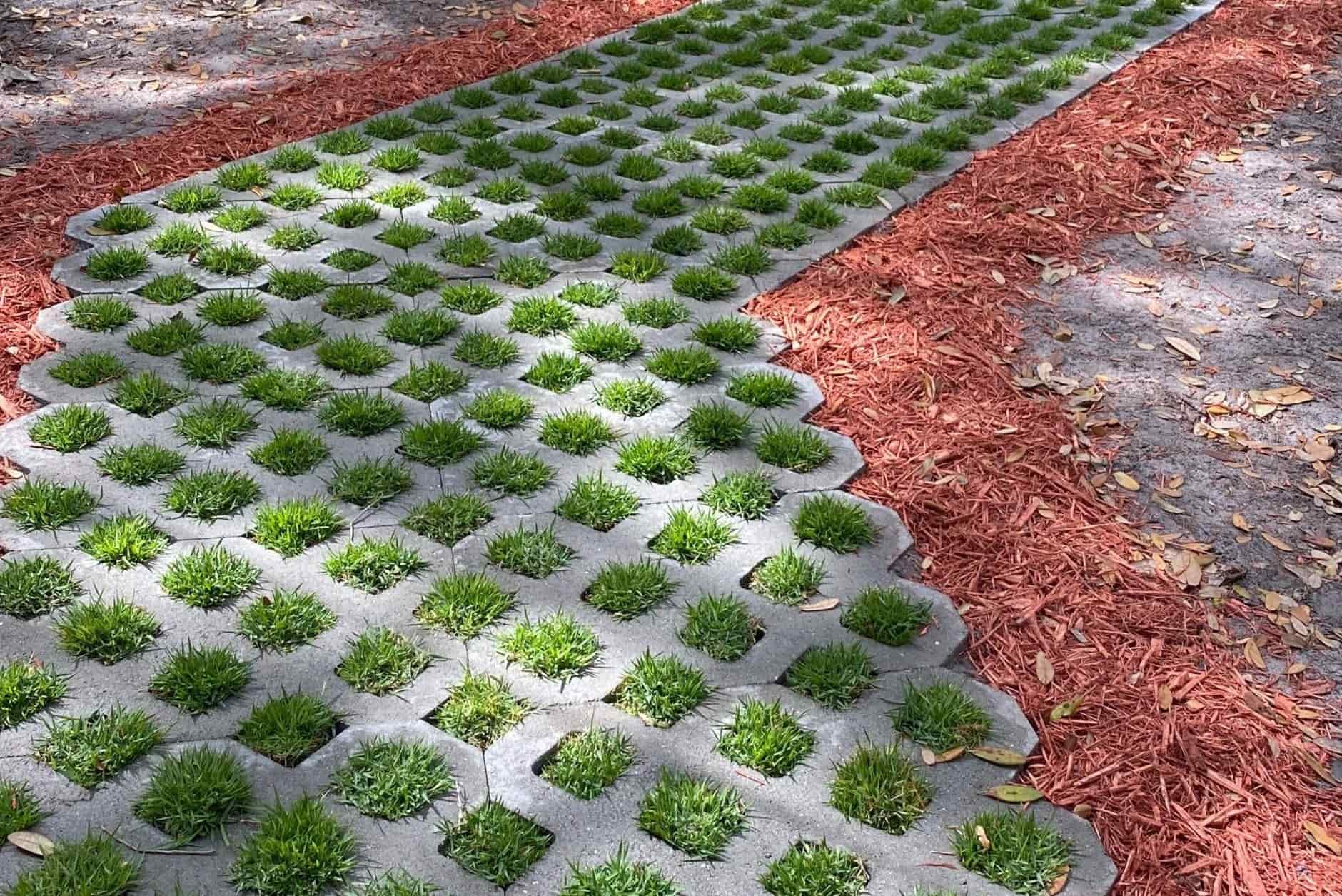
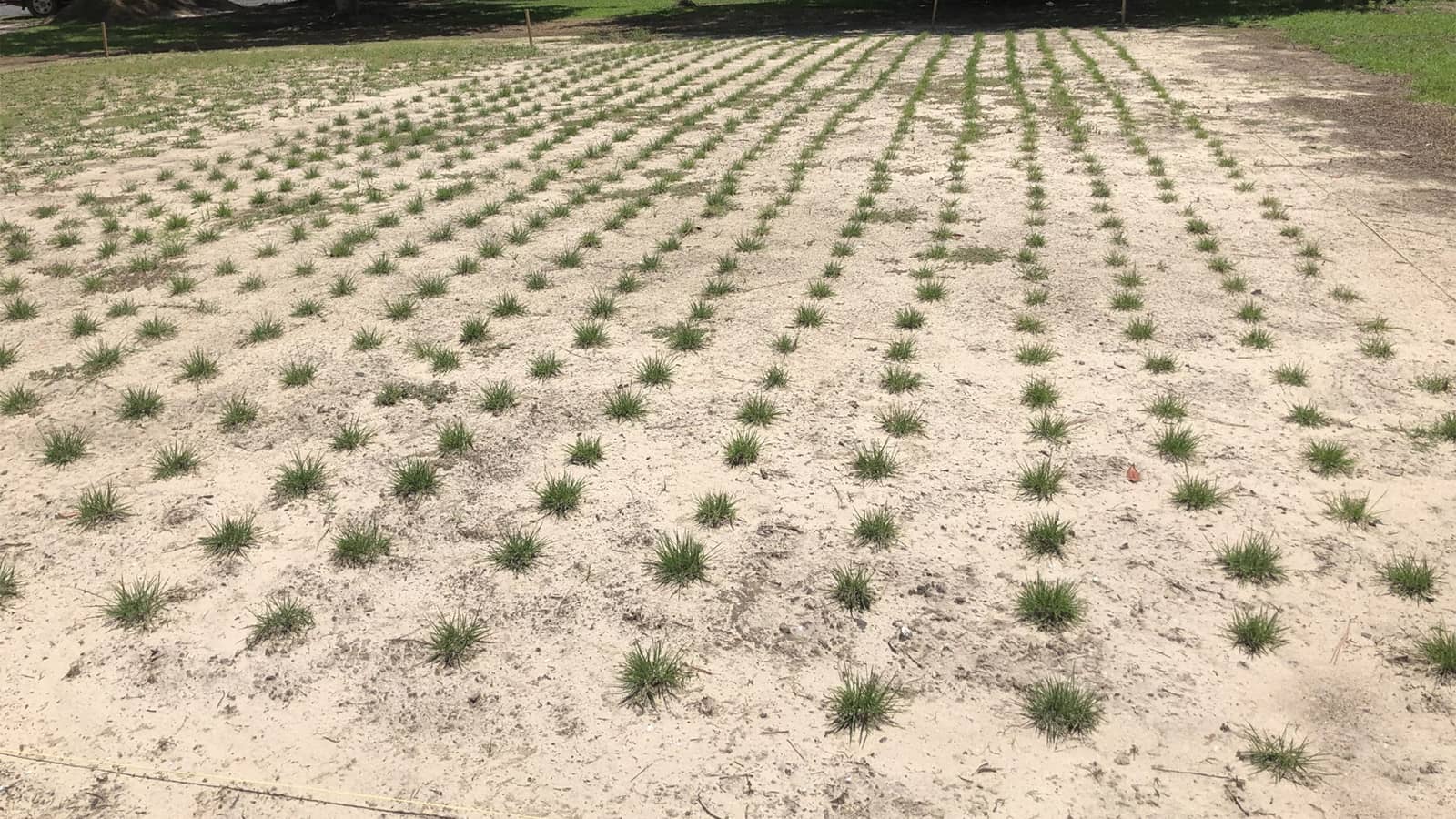

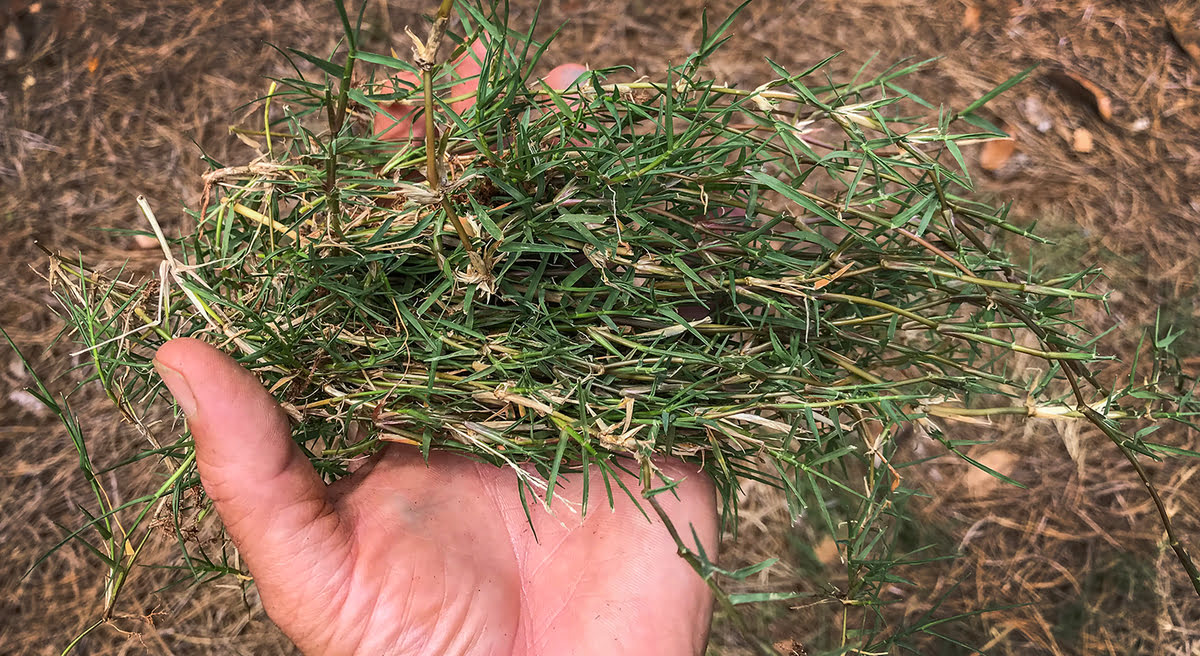
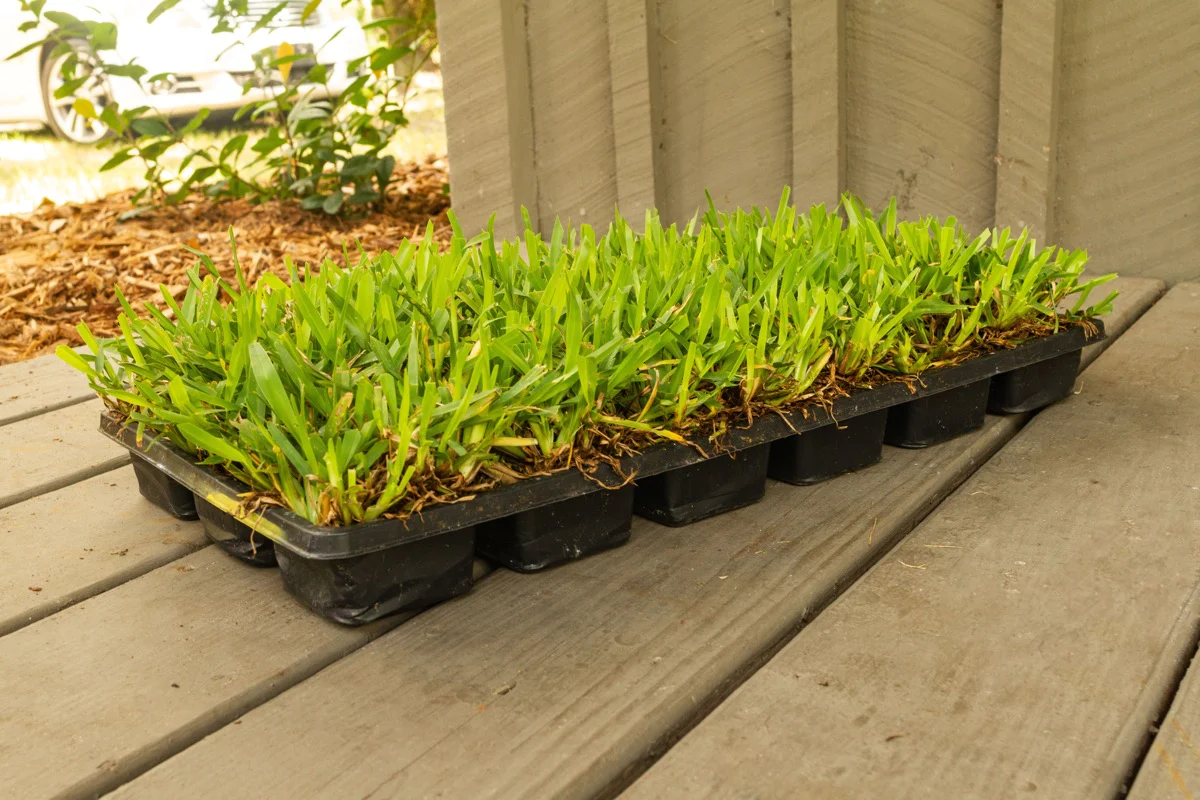
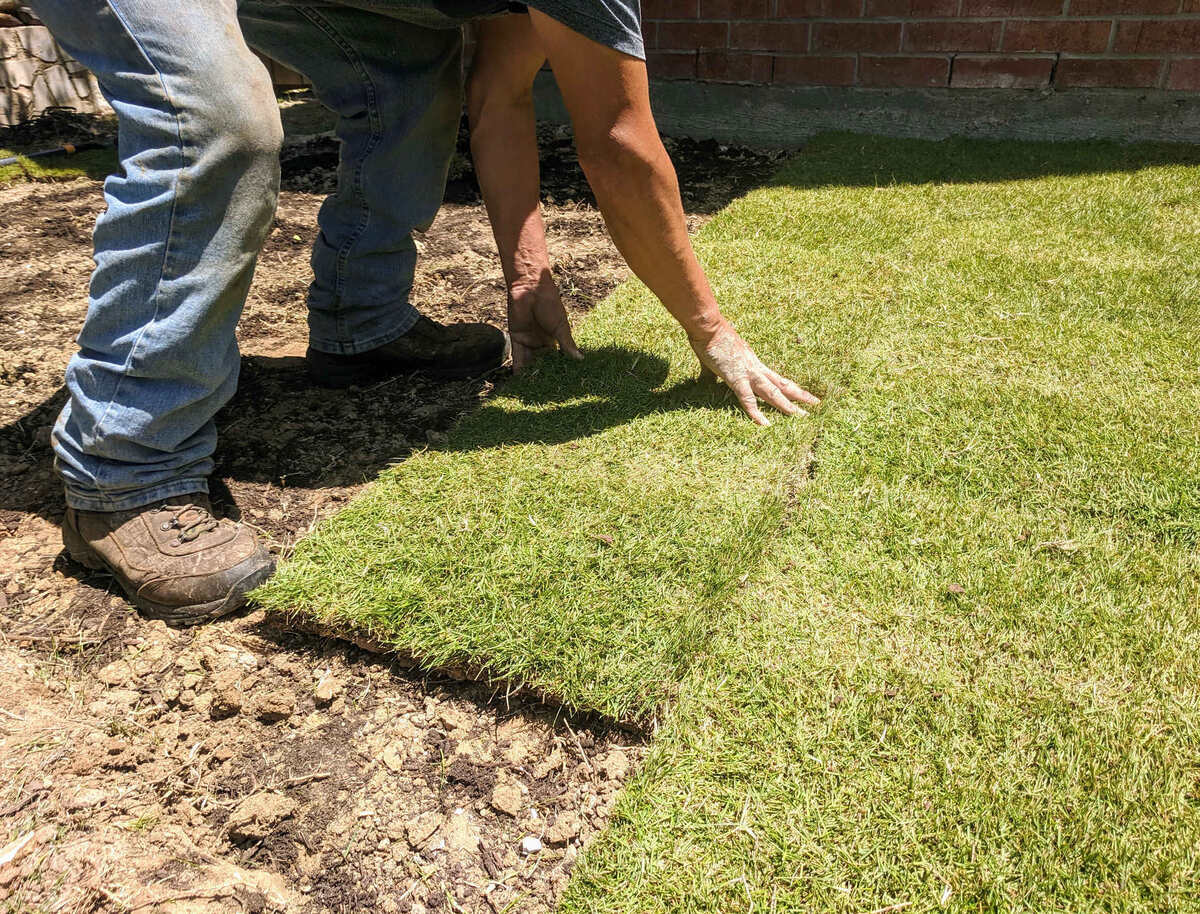
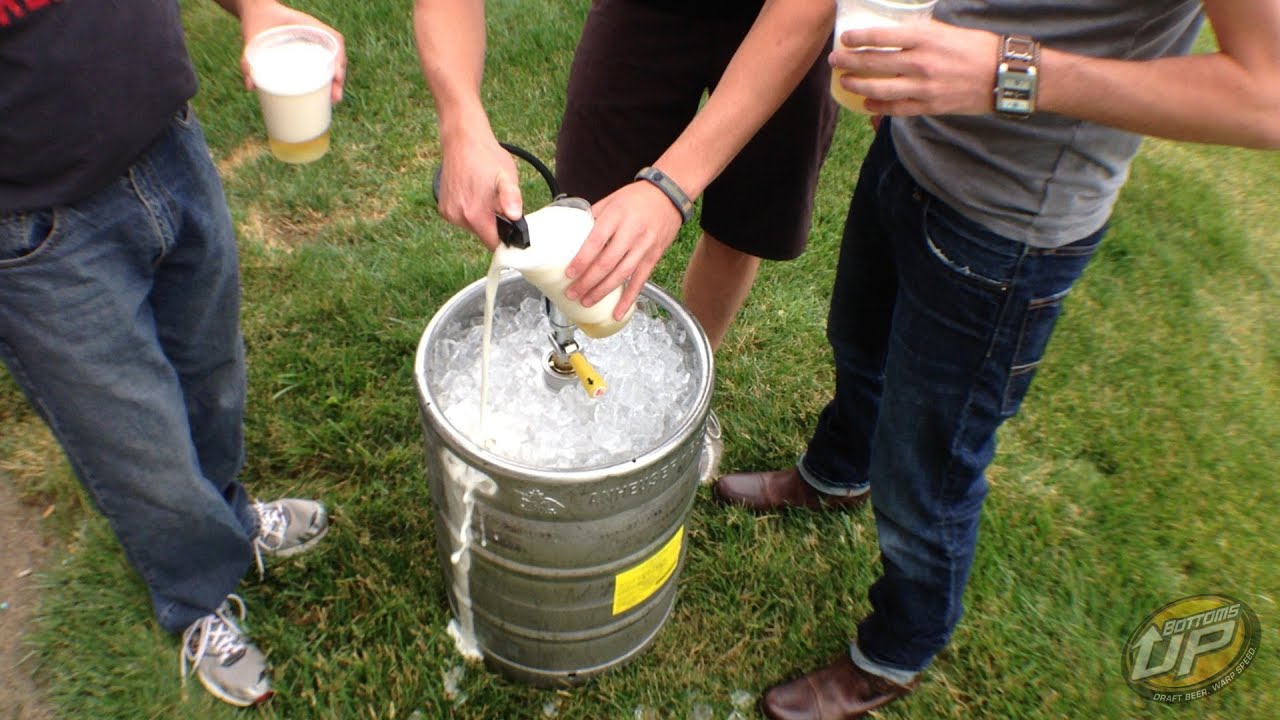



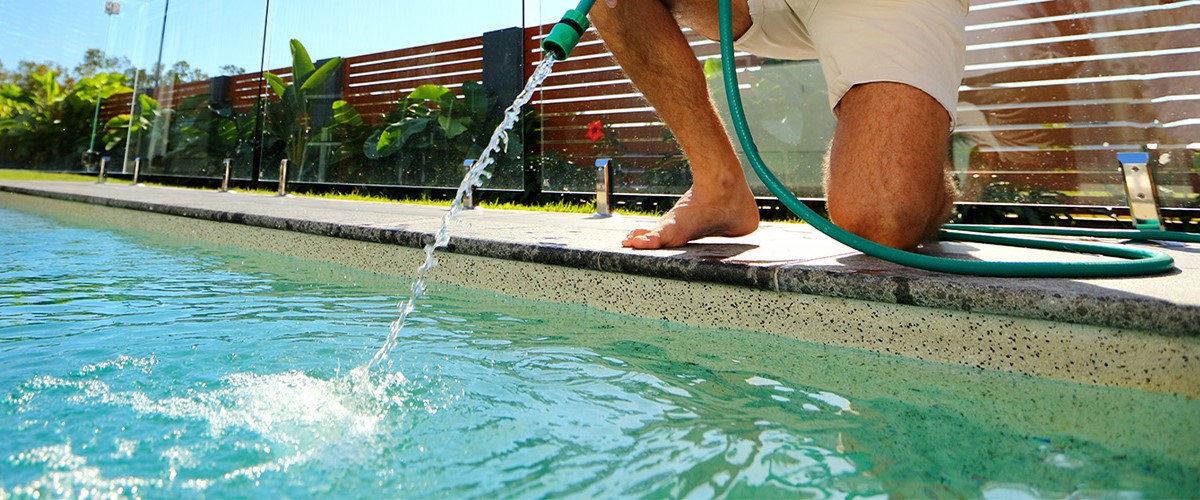




0 thoughts on “How Long For Grass Plugs To Fill In”